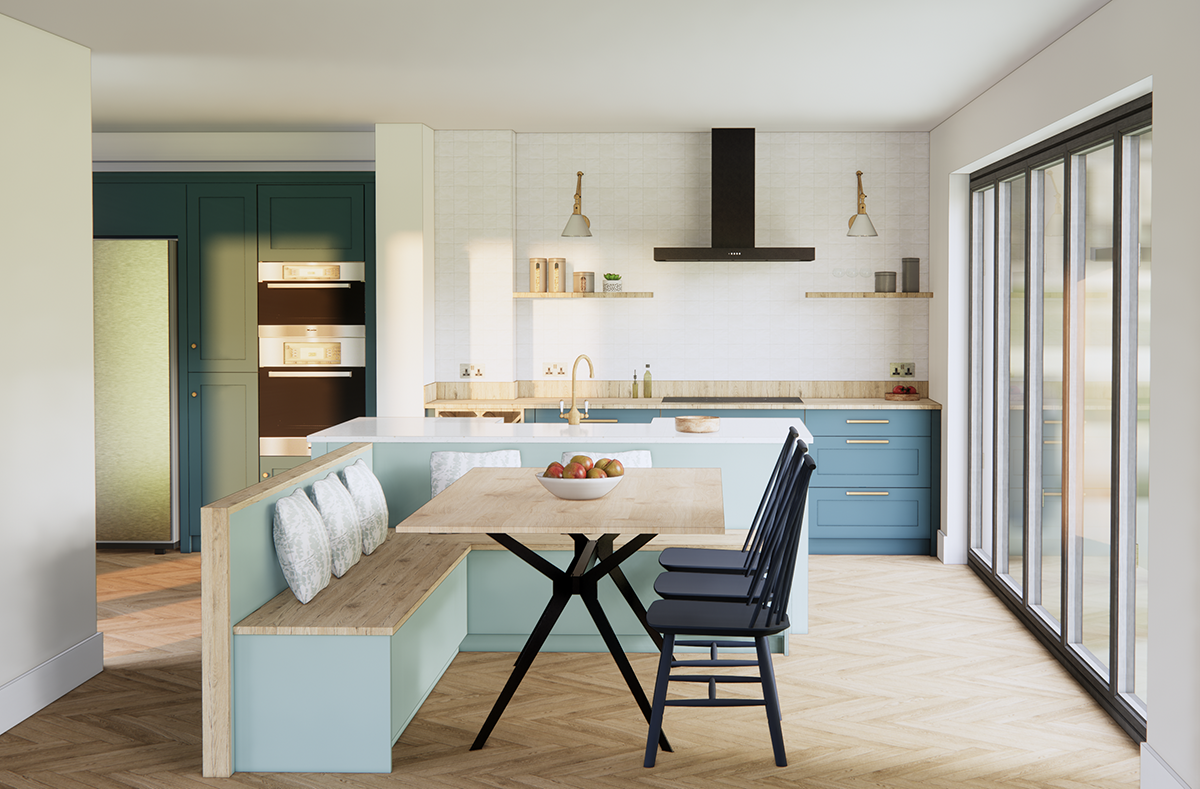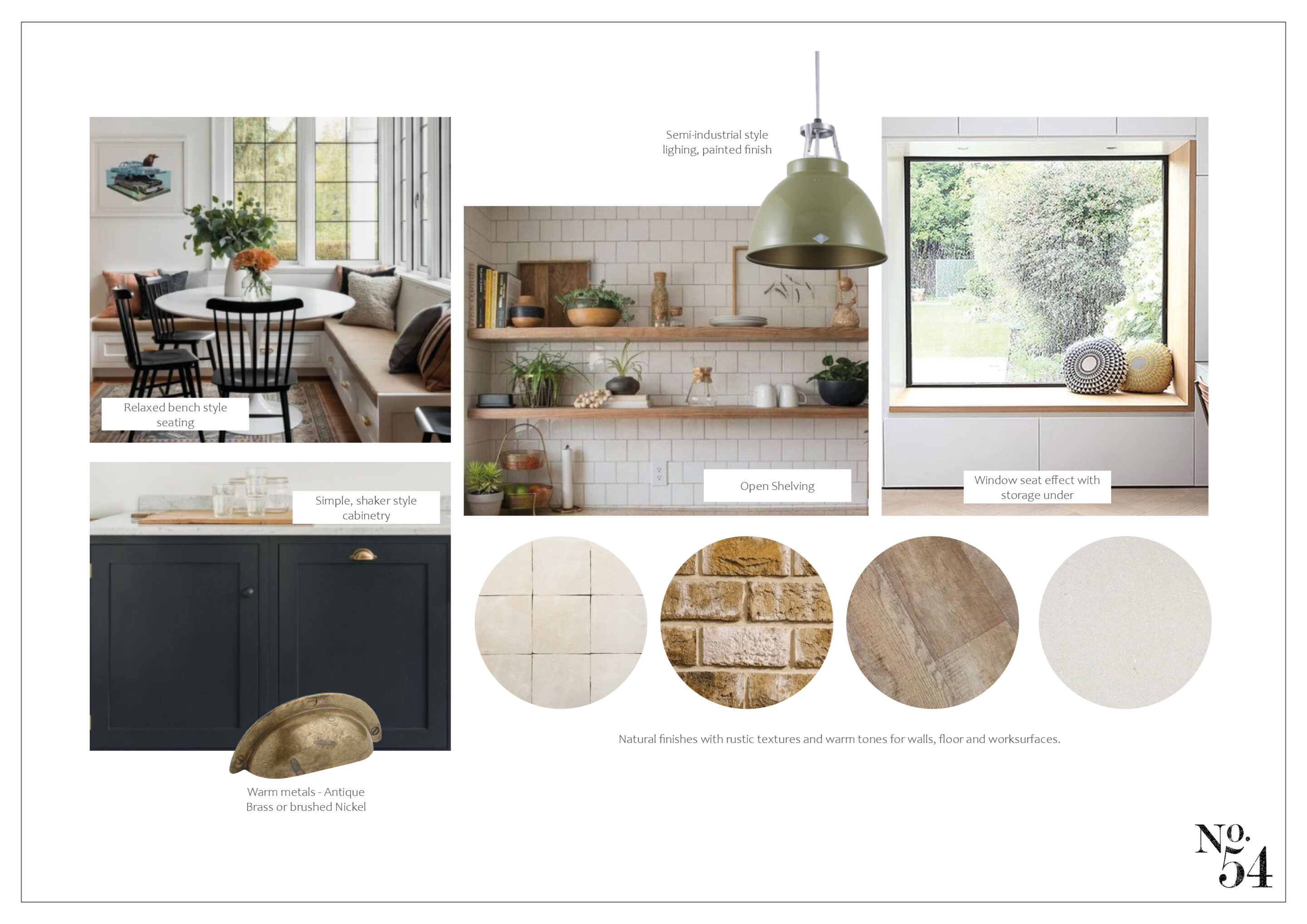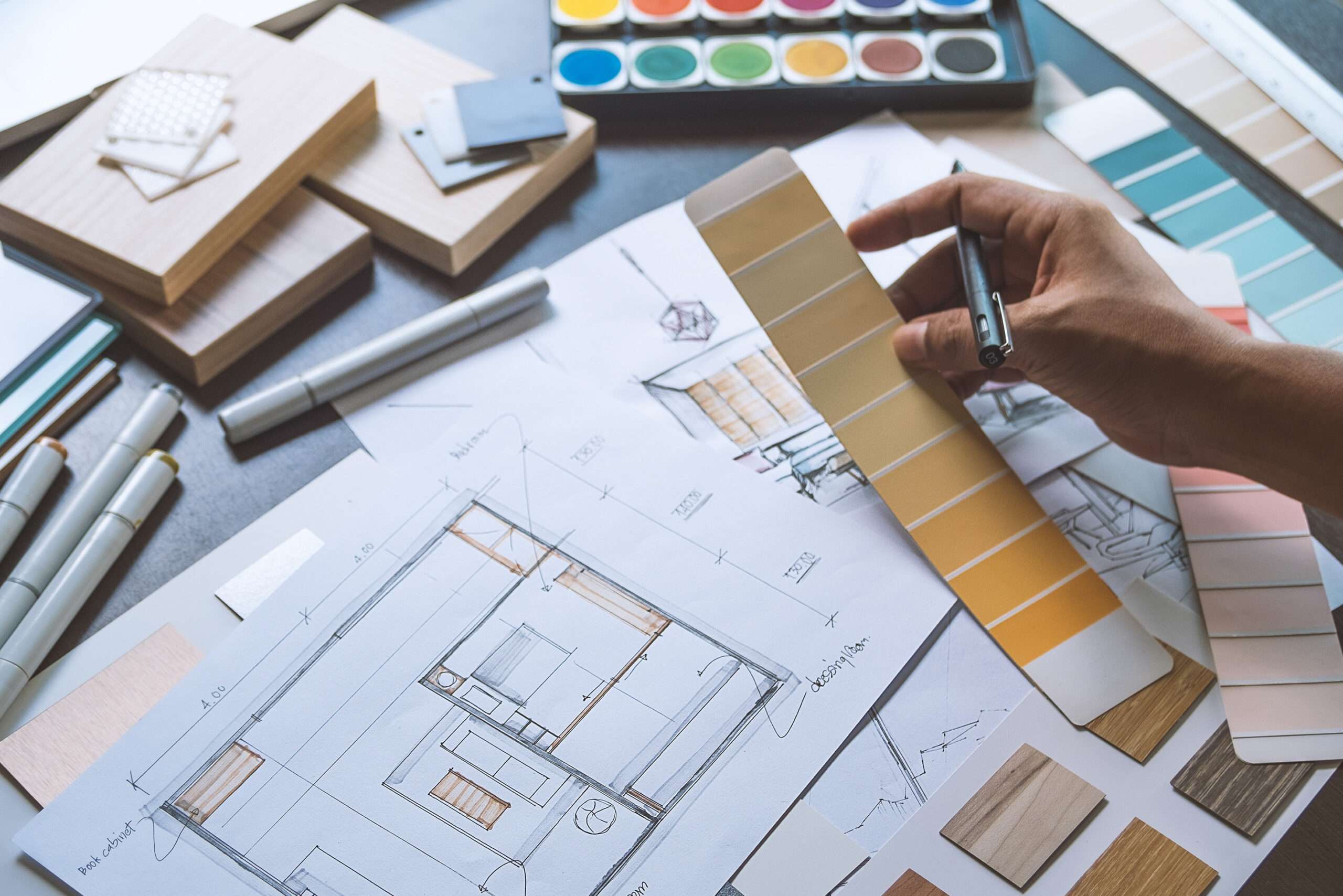Renovating your home or making improvements should be an exciting process, but for many, it quickly becomes overwhelming. When you’re faced with hundreds of decisions—from where to place the sofa, to selecting door handles, tiles, and appliances—it’s easy to feel exhausted. This phenomenon is known as decision fatigue, and it’s more common than you might think.
What is Decision Fatigue?
We make decisions all day long, from what to eat for breakfast to what to wear for dinner. By the time you get to the decisions required for a home transformation, whether it’s deciding the best layout for the living room, or picking out light fittings, your mental energy is gone. It’s no wonder some of these decisions end up rushed or unconsidered.
For example, you might choose an on-trend paint colour without thinking about how it fits with the rest of your home, or select cabinetry that looks great but doesn’t offer the practical storage you need. These small oversights can lead to frustration, especially when you have to make changes later that extend your timeline, or worse, your budget.
Why Decision Fatigue Happens in Interior Projects
Room transformations are tricky because they require you to think both creatively and practically at the same time. You’re not just picking out pretty things; you’re also trying to ensure everything works well together. And since every decision, from the architectural layout to the smallest finishes, impacts how your home looks and functions for years to come, the pressure to get it right can feel intense.
Some of the most common areas where decision fatigue creeps in include:
- Architectural layouts and flow: How will the layout of your home impact the flow between rooms? Should the living area be open plan, or would a more traditional room separation work better?
- Colour schemes and finishes: What shade of paint for the walls? Should you go with matt or gloss finishes? And does this paint colour complement the overall feel of your home?
- Custom cabinetry and storage solutions: How much storage do you really need in the kitchen, home office, or bedroom? What style or aesthetic do you want?
- Room-specific features: Whether it’s moisture-friendly bathroom tiles or ergonomic home office furniture, these choices are about more than just looks – they need to work for you day to day.
These decisions are layered with the pressure to ‘get it right’, as your choices will define how your space looks, feels, and functions for years to come.
How to Manage Decision Fatigue when Improving Your Home
The good news? There are ways to manage the madness. Here are a few strategies to help you make it through without wanting to throw in the towel:
1. Prioritise Functionality and Flow First
Before diving into aesthetic decisions, start with the layout and flow of your space. Whether it’s a living room, a kitchen, or a bathroom, understanding how the space will function is key to making informed choices.
Think about the flow of your home – how do people move from one room to another? Does the layout of your living room allow for good traffic flow and easy conversation? In the bathroom, where will the shower and sink be positioned to maximise space and comfort? Prioritising how you use the space will make many decisions easier down the line.
For areas like the kitchen, think about your day-to-day cooking habits and how the work areas (sink, hob, fridge) should be organised. In a home office, consider the placement of furniture and storage – are your files and work materials easily accessible? Should your desk face natural light? These functional decisions lay the groundwork for a well-planned home.
2. Limit Your Options
Having too many options is a major cause of decision fatigue. Narrow down your choices early on. If you’ve decided on a contemporary design style, eliminate options that don’t fit that look. This applies to everything from paint colours to furniture styles – if you’ve settled on a clean, minimalist aesthetic, skip over ornate, traditional furniture pieces.
By focusing on a smaller pool of options that match your vision, you’ll make decisions faster and with more confidence.
3. Tackle the Big Decisions First
Start with foundational decisions – things like room layouts, cabinetry designs, and major materials (flooring, worktops, etc). Once these larger, structural elements are decided, the smaller choices (paint colours, fixtures) will naturally follow.
If you’re redesigning a bathroom, first decide on the layout – where the shower, sink, and toilet will go. Then, move on to materials like tiles, worktops, and storage solutions. In a living room, begin with the furniture arrangement and how it works with the flow of the room before choosing décor and accessories.
4. Set Deadlines
It’s easy to procrastinate on decisions when faced with too many options, but delaying can add stress. Set deadlines for when certain decisions must be made. For example, aim to finalise your kitchen layout by a specific date, then move on to cabinetry decisions the following week. Breaking the process into manageable chunks prevents it from feeling overwhelming and ensures steady progress.
5. Visualise the Entire Design
Mood boards, sketches, and 3D renderings are invaluable when trying to visualise how all your choices come together. Seeing your choices in context helps you avoid mismatched elements and ensures that your overall design works as a cohesive whole – visualising the space will give you confidence in your decisions.

A rendered visual can help you visualise your choices and avoid mismatches.
The Value of Hiring an Interior Designer
If you’re still feeling overwhelmed, consider enlisting the help of an interior designer. Here’s how they can help reduce the burden and why their expertise goes far beyond choosing colours and fabrics:
1. Refining Layouts and Enhancing Flow
Interior designers work closely with architects and other trades to refine layouts and improve the flow of spaces. Whether you’re changing an open-plan living room, adjusting the layout of your kitchen, or figuring out the best placement for a utility room, a designer ensures that the room works for your lifestyle. They look at how the spaces connect, how natural light flows, and how you move between areas.
For an open-plan home, designers can help decide where to position furniture to create distinct zones, like separating the dining area from the living space without breaking the open feel. In a bathroom change, they’ll help ensure that the layout makes the most of the available space, balancing aesthetics with practical needs.
2. Custom Cabinetry and Storage Solutions
Designing custom cabinetry and storage isn’t just about style; it’s about making sure your storage solutions fit your everyday life. Whether it’s ensuring that your kitchen cabinets are organised for efficient cooking, or that your home office has enough storage for files and supplies, designers help optimise storage and functionality.
In a home office, designers might help you organise built-in shelving, ensuring that files, books, and electronics are stored efficiently. In a dressing room, they can create zones for clothing, shoes, and accessories, tailored to how you use the space.
3. Managing Aesthetic and Functional Decisions Simultaneously
An interior designer balances the aesthetic and functional aspects of your project. Whether you’re redesigning a bathroom, living room, or kitchen, they’ll guide you in selecting materials that not only look good but also perform well in the space. In high-traffic areas like an entryway or family room, designers will suggest durable finishes that can handle wear and tear while still maintaining visual appeal.
4. Saving You Time and Mental Energy
Interior designers streamline the decision-making process by narrowing down your options and presenting choices that align with your style and needs. This saves you from spending hours browsing through catalogues and showrooms. Designers also help anticipate potential issues, ensuring that decisions are made efficiently and without added stress.
5. Ensuring Cohesion Across the Entire Project
An interior designer ensures that all the decisions – whether about room layouts, cabinetry, finishes, or furniture – work together to create a cohesive, functional home. Whether you’re updating one room or renovating an entire house, designers see the big picture and keep all the details aligned with your vision.
6. Reducing unnecessary costs
An Interior Designer’s expertise & experience to consider key decisions (especially in dealing with architects & other trades) can reduce costly mistakes and u-turns, ensuring your home improvement has the best chance to meet timescales & budgets.

A style board can keep you focussed on the end result and help you make ongoing decisions.
Conclusion
Improving your home doesn’t have to be a stressful, decision-packed nightmare. By focusing on functionality first, narrowing your choices, and breaking the process into manageable steps, you can avoid the worst of decision fatigue. And if you’re really feeling the pressure, an interior designer can help streamline the process, saving you time and mental energy while ensuring your home turns out beautifully.
Whether you’re just updating one room or tackling a whole-house transformation, a designer can help bring your vision to life; minus the drama.
Interior Design and Bespoke Joinery. Designed by, Made by, No.54 Interiors.


